|
Getting your Trinity Audio player ready...
|
Have you ever come across a marketing campaign that truly engaged and captivated you? Interactive marketing has become increasingly popular recently, as businesses seek innovative ways to connect with their target audience.
By creating interactive experiences, brands can leave a lasting impression and build a strong relationship with consumers. Our research shows that 79% of consumers say combining interactive content with other content types improves message retention.
Traditional marketing strategies are no longer enough to grab attention and stand out from the competition. Interactive marketing, on the other hand, offers a unique and dynamic approach that allows consumers to actively participate and engage with a brand’s message.
If you’re looking for inspiration and want to see how interactive marketing can elevate your brand, this article will showcase some of the most impressive and effective interactive marketing examples. So, get ready to be inspired and discover how you can take your marketing efforts to the next level with interactive strategies.
Interactive Marketing
Interactive marketing is a tactic that uses engaging visuals or videos to get your audience to engage with your content.
What is Interactive Marketing?
Interactive marketing is a dynamic approach that focuses on engaging your audience actively. It’s a departure from traditional one-way communication, such as television ads or billboards, and instead invites customers to participate, respond, and connect with your brand.
At its core, interactive marketing leverages technology and creativity to create meaningful interactions between your brand and your audience. It’s about fostering engagement, eliciting responses, and building relationships that go beyond a one-time transaction.
The Importance of Interactive Marketing
Interactive marketing isn’t just a trend; it’s a fundamental shift in how brands connect with their customers. Here are a few key reasons why interactive marketing is indispensable in today’s landscape:
Building Customer Relationships: Interactive marketing allows you to create a two-way dialogue with your audience. It’s an opportunity to listen to their feedback, answer their questions, and address their concerns. By doing so, you build trust and strengthen the relationship between your brand and your customers.
Driving Engagement and Brand Loyalty: Engaged customers are loyal customers. Interactive marketing techniques, when executed effectively, keep your audience actively involved with your brand. This ongoing engagement translates into brand loyalty, repeat business, and word-of-mouth referrals.
Measuring the Impact of Interactive Campaigns: Unlike traditional marketing, where it’s often challenging to measure the exact impact of your efforts, interactive marketing provides clear metrics. You can track user interactions, responses to calls-to-action, and conversion rates, enabling you to refine your strategies for better results.
Now, let’s explore real-world examples of interactive marketing campaigns that have successfully harnessed the power of engagement to captivate audiences and drive business growth. These examples will inspire you to infuse interactivity into your marketing efforts.
Examples of Interactive Marketing Campaigns
A. Interactive Social Media Campaigns: Engaging Your Audience on Digital Platforms
In the realm of interactive marketing, social media platforms have emerged as dynamic playgrounds for brands to engage with their audience in innovative ways. These interactive social media campaigns go beyond traditional advertising, sparking conversations, eliciting responses, and creating memorable brand experiences.
Let’s delve into two remarkable examples that showcase the potential of interactive marketing on social media:
1. Case Study: Wendy’s Twitter Roasts – A Dash of Wit and Engagement
Overview: Wendy’s, the fast-food giant known for its square-shaped burgers, took the Xverse (formerly Twitter) by storm with its cheeky and interactive social media strategy.
Instead of resorting to bland corporate responses, Wendy’s adopted a bold and witty tone in its tweets, playfully roasting not only its competitors but also engaging with customers humorously and interactively.
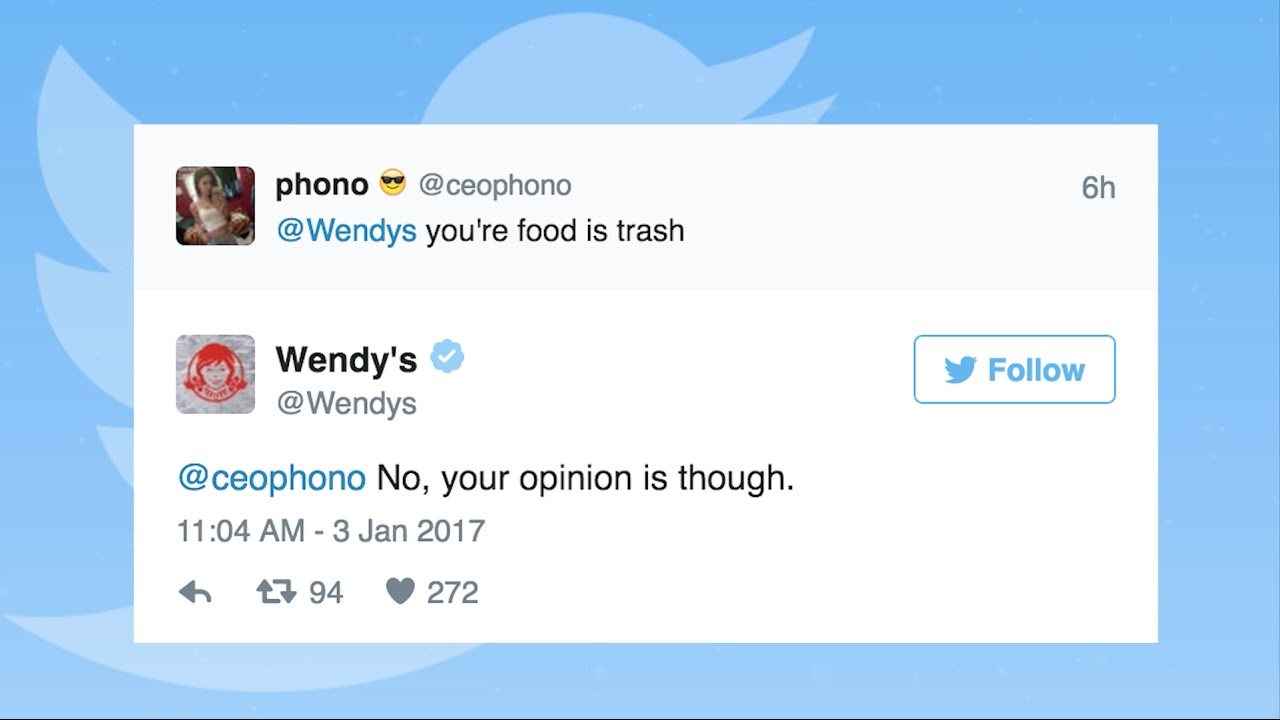
The Power of Engagement: Wendy’s Twitter account became a sensation, gaining a massive following and extensive media coverage. The engagement was two-fold: it entertained the audience while also fostering a unique brand identity. Wendy’s didn’t just respond; it interacted, creating a sense of community among its followers.
Takeaway: Wendy’s Twitter roasts demonstrate that injecting humor and interactivity into your social media presence can result in viral success. While the level of wit may not suit every brand, finding your unique voice and engaging with your audience authentically can lead to increased visibility and customer loyalty.
2. Starbucks’ Instagram Stories Polls – Coffee Choices, Community Voices
Overview: Starbucks, the global coffeehouse chain, leveraged Instagram Stories’ interactive features to involve its customers in product decisions. They used polls to let followers choose between different coffee flavors, thereby allowing the community to influence the direction of new product offerings.
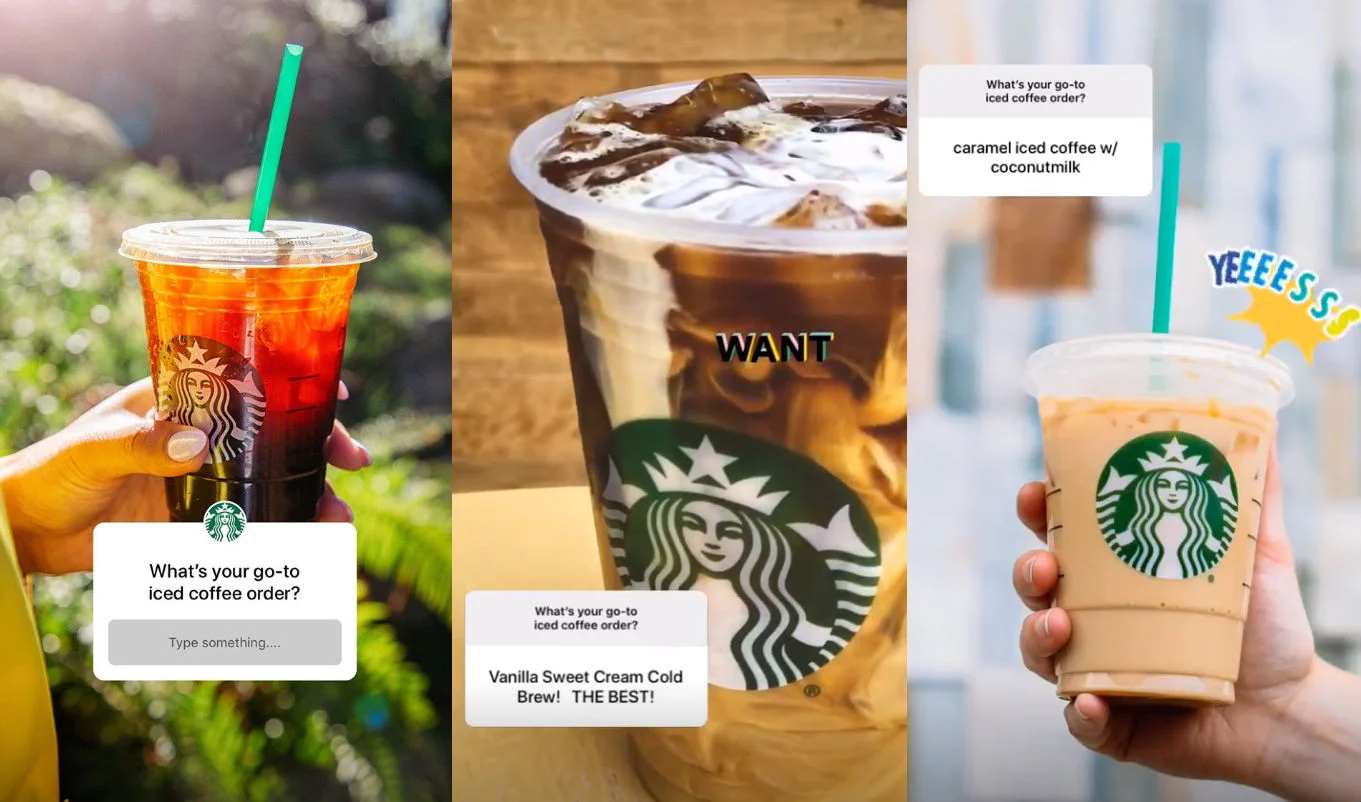
The Power of Engagement: Starbucks turned coffee choices into a democratic process, making customers feel like they had a say in the brand’s offerings. By actively participating in the polls, customers felt more connected to Starbucks and enjoyed being a part of the decision-making process.
Takeaway: Starbucks’ use of Instagram Stories polls highlights the importance of involving your audience in decision-making. By giving your customers a voice, you not only gather valuable feedback but also strengthen their emotional connection to your brand.
These examples showcase the versatility of interactive social media campaigns. From clever wit to involving your audience in product choices, social media offers a platform for dynamic engagement that can help your brand stand out and resonate with your audience in meaningful ways.
As you explore interactive social media strategies, consider how you can adapt these concepts to suit your brand’s personality and goals, fostering deeper connections with your audience in the process.
B. Gamified Marketing: Transforming Engagement into Play
1. McDonald’s Monopoly Game – Turning Meals into Exciting Adventures
Overview: McDonald’s Monopoly promotion is a classic example of gamified marketing that transforms the act of purchasing meals into a thrilling game. Customers collect game pieces and compete for prizes, fostering excitement and loyalty.
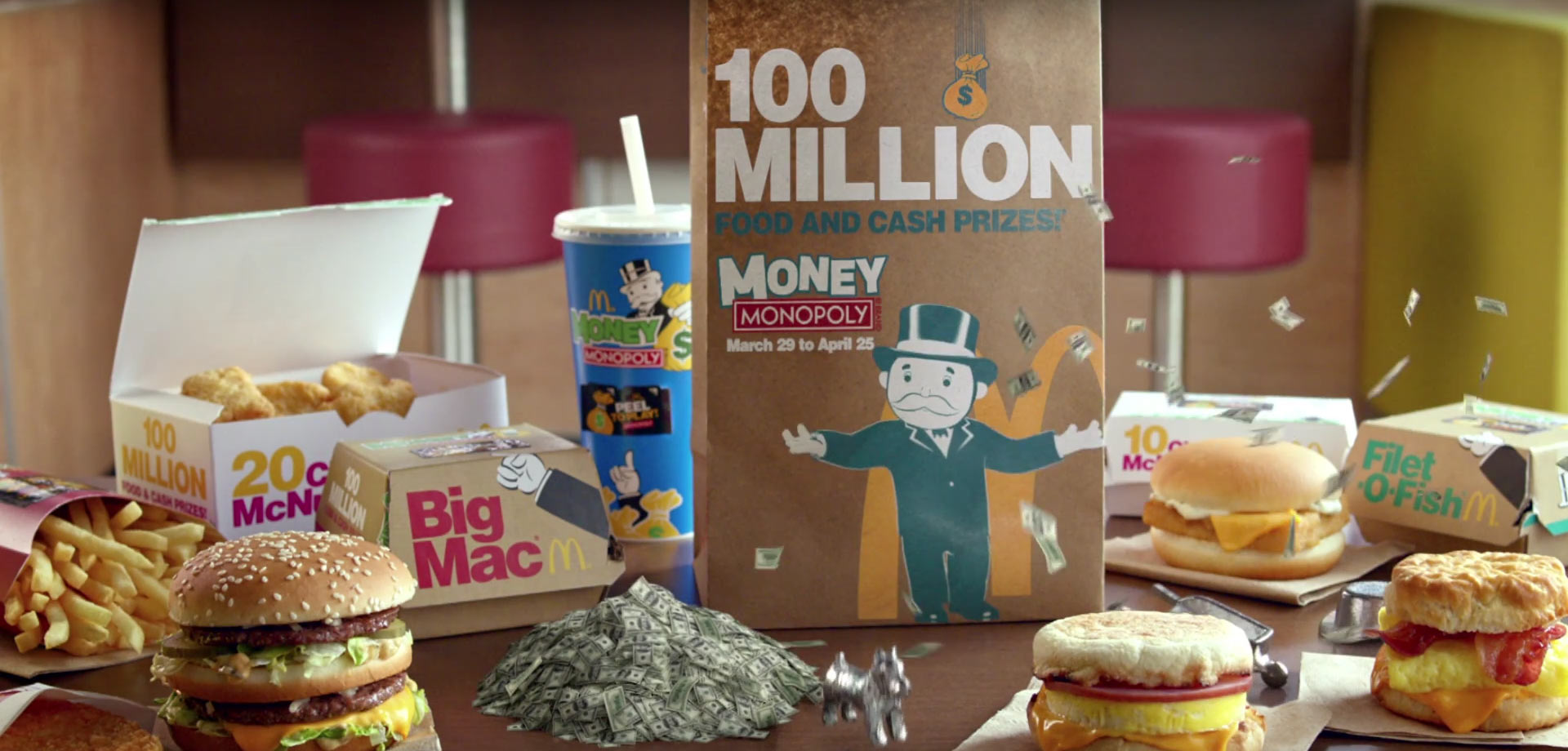
The Power of Engagement: McDonald’s Monopoly creates a sense of anticipation and competition among customers. Collecting game pieces becomes an engaging habit, and customers eagerly await the annual event.
Takeaway: Gamified marketing can inject excitement into your campaigns, boost sales, and create a buzz. By turning everyday interactions into a game, you can increase customer engagement and loyalty.
2. Nike’s FuelBand Challenge – Fitness and Community Collide
Overview: Nike’s FuelBand Challenge is an interactive marketing approach that encourages users of its fitness tracker to compete in achieving daily fitness goals. The challenge fosters a sense of community and friendly competition among users.
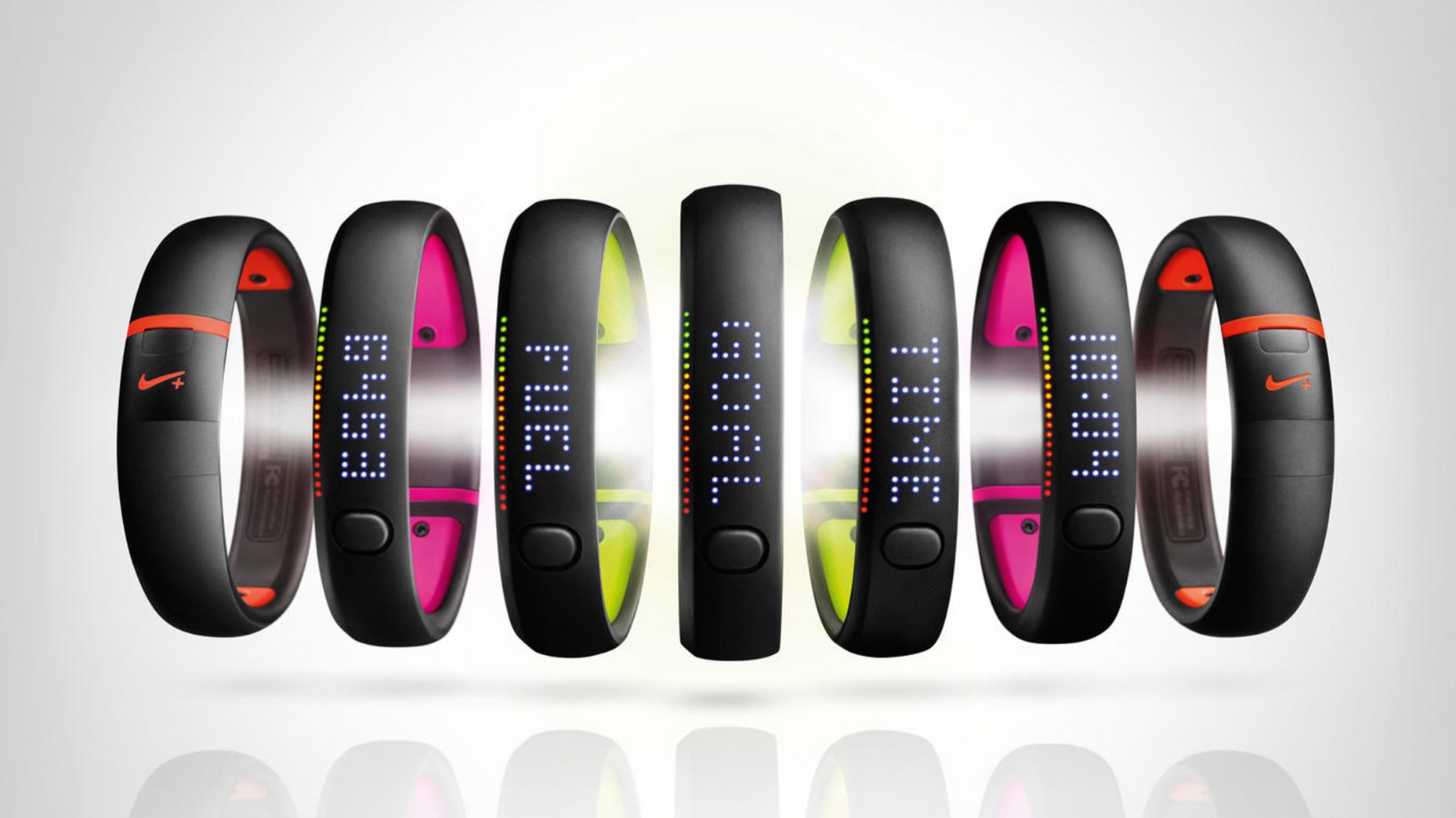
The Power of Engagement: Nike’s approach goes beyond fitness tracking; it creates a community of users striving for similar goals. The challenge aspect motivates users to stay active and engaged with the brand.
Takeaway: Gamification can be a powerful tool to build a community around your brand. Encouraging users to compete and collaborate can foster loyalty and advocacy.
C. Interactive Content Marketing: Transforming Information into Engagement
1. HubSpot’s Interactive Website Grader – Empowering Users with Insights
Overview: HubSpot’s Website Grader tool is an interactive content marketing strategy that allows users to input their website URLs and receive instant feedback on their website’s performance. This interactive tool provides value to users and introduces them to HubSpot’s marketing solutions.
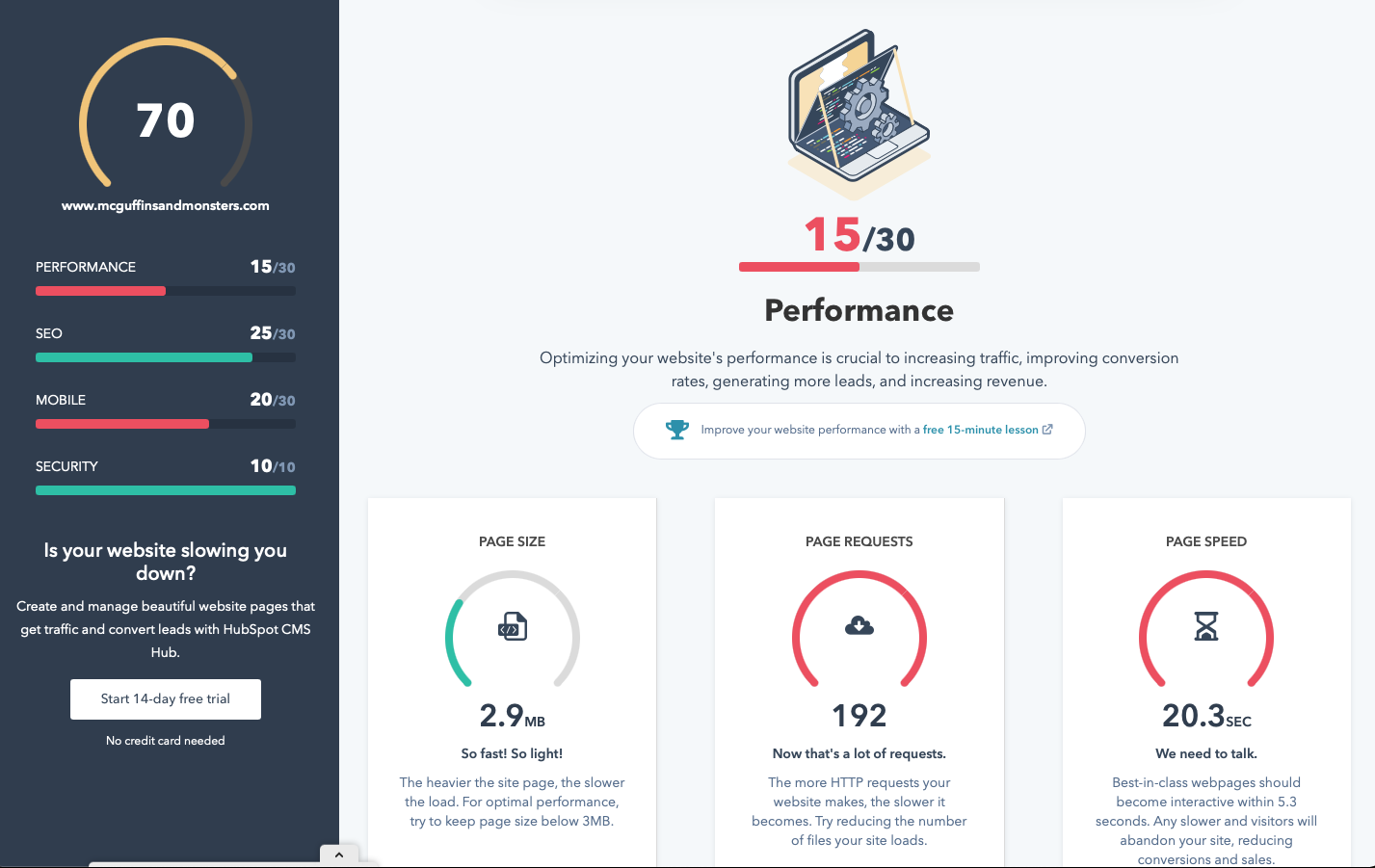
The Power of Engagement: By offering a valuable and interactive tool, HubSpot engages users and demonstrates its expertise. Users gain insights while HubSpot builds brand awareness and trust.
Takeaway: Interactive content marketing can position your brand as an industry authority. Providing valuable tools or resources engages your audience and encourages them to explore your offerings.
2. Coca-Cola’s “Share a Coke” Campaign – Personalization and Connection
Overview: Coca-Cola’s “Share a Coke” campaign invited customers to personalize Coke bottles with their names or messages. This not only led to a surge in sales but also created a sense of personal connection with the brand.

The Power of Engagement: Personalization is a powerful form of engagement. Customers were excited to find and share bottles with their names, strengthening their emotional bond with Coca-Cola.
Takeaway: Interactive content can create a sense of ownership and personal connection with your brand. Personalization encourages customers to share their experiences, amplifying your reach.
These examples illustrate how gamified marketing and interactive content marketing can transform routine interactions into engaging experiences. As you explore these concepts, consider how you can adapt them to your brand’s unique identity and audience to create memorable and impactful interactions.
D. Virtual and Augmented Reality Experiences: Bridging the Real and Virtual Worlds
1. IKEA’s AR Furniture App – Visualizing Home Furnishing
Overview: IKEA’s augmented reality (AR) app allows customers to visualize how furniture would look in their homes before making a purchase. This interactive experience eliminates guesswork and enhances the shopping process.
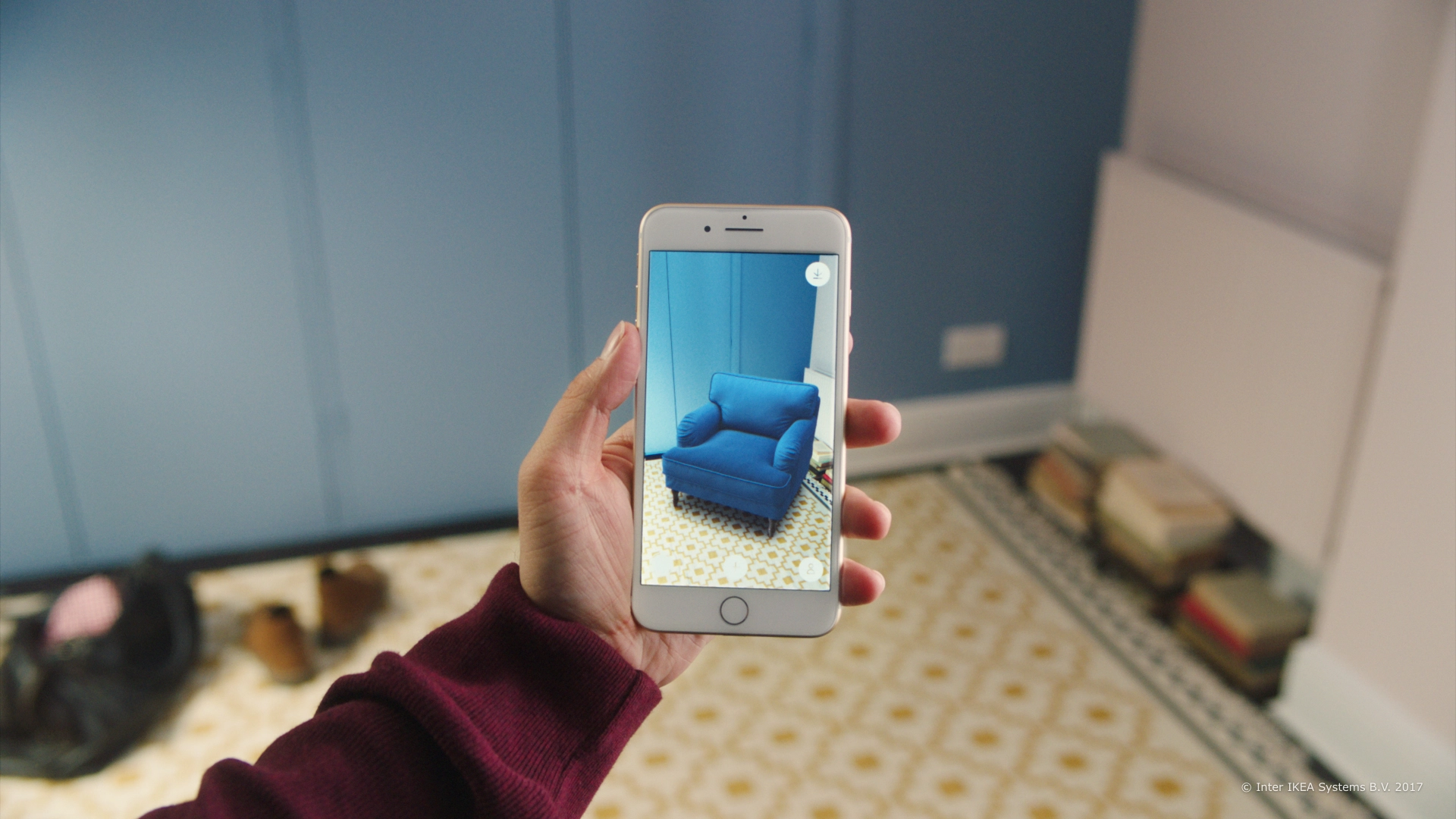
The Power of Engagement: By providing an AR tool, IKEA engages customers on a practical level. It empowers them to make informed purchase decisions and ensures they’re satisfied with their choices.
Takeaway: Virtual and augmented reality experiences can provide practical value. By offering customers tools to enhance their decision-making process, you can strengthen trust and satisfaction.
2. The North Face’s AR Adventure – Exploring the Great Outdoors
Overview: The North Face, a renowned outdoor apparel and equipment brand, introduced an augmented reality (AR) adventure app that encouraged users to explore the great outdoors.
The app used AR to guide users on virtual hiking trails, allowing them to experience the thrill of outdoor adventures from the comfort of their surroundings.
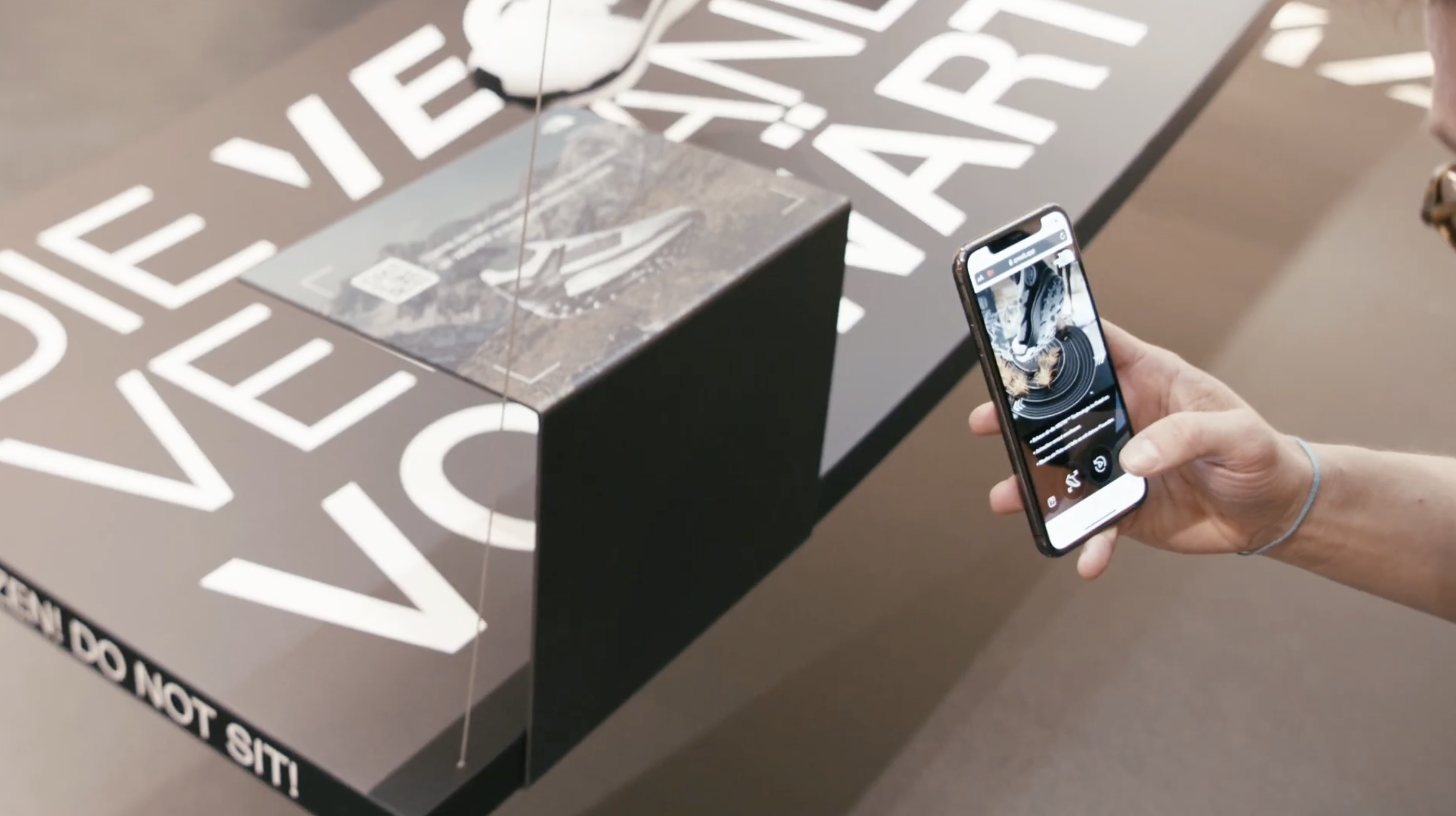
The Power of Engagement: The North Face’s AR adventure app tapped into the sense of wanderlust and outdoor exploration that resonates with its audience. Users were encouraged to go outside, explore local trails, and use the app to discover hidden virtual treasures along the way.
This interactive experience not only promoted outdoor activities but also strengthened the brand’s connection with outdoor enthusiasts.
Takeaway: Augmented reality can be leveraged to inspire and engage users in real-world activities. By offering an interactive adventure that aligns with your brand’s values and interests, you can foster a deeper connection with your audience while promoting your products or services.
E. User-Generated Content Campaigns: Empowering Your Audience
1. Snapchat’s AR Lenses – Transforming Selfies into Interactive Fun
Overview: Snapchat’s AR Lenses are a prime example of interactive marketing that leverages augmented reality. These lenses allow users to add playful and interactive filters to their selfies, turning ordinary photos into engaging and shareable moments.
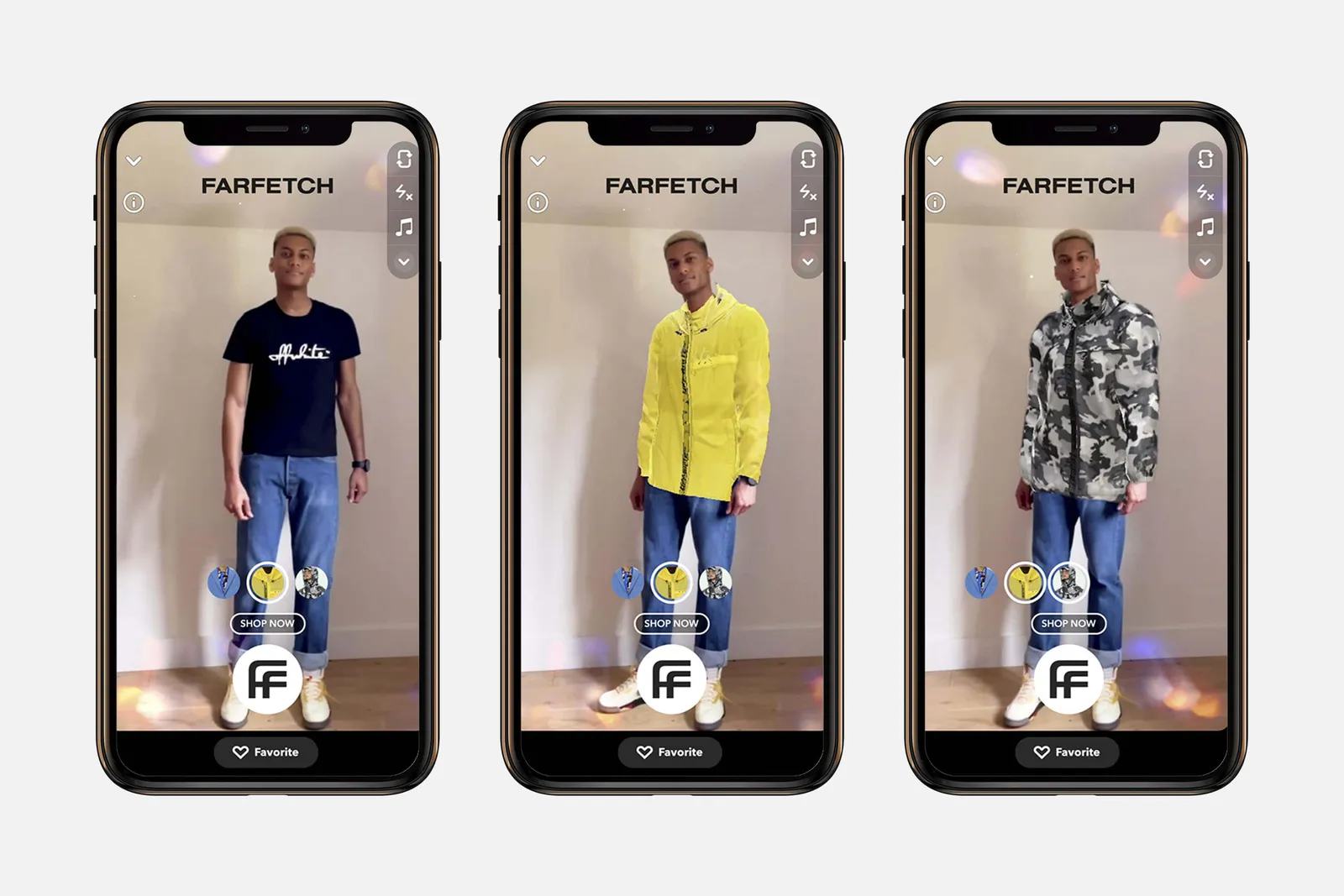
The Power of Engagement: Snapchat’s AR Lenses tap into the trend of visual self-expression. Users enjoy applying fun filters that range from face distortions to animated effects. These lenses encourage users to spend more time on the platform, creating a sense of delight and creativity.
Takeaway: Augmented reality experiences can be simple yet highly engaging. By allowing users to personalize and enhance their content, you can foster a sense of fun and creativity around your brand.
2. Airbnb’s #LiveThere Campaign – Sharing Unique Travel Stories
Overview: Airbnb’s #LiveThere campaign featured user-generated content that highlighted unique travel experiences shared by hosts and guests. This interactive campaign emphasized the idea of living like a local and resonated with Airbnb’s audience.
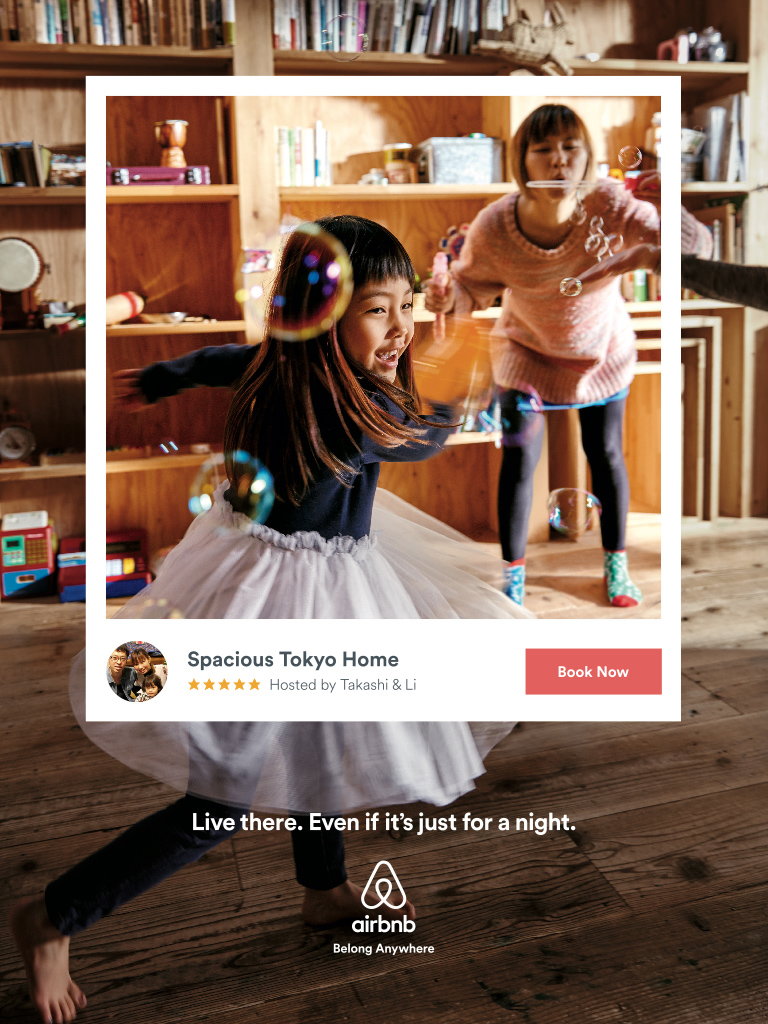
The Power of Engagement: Airbnb’s campaign focused on authentic storytelling. By featuring real stories from their community, they engaged users emotionally and inspired travelers to seek authentic experiences.
Takeaway: User-generated content that tells authentic stories can connect with your audience on a personal level and inspire them to engage with your brand.
These examples showcase the diverse possibilities of interactive marketing, spanning gamified experiences, augmented reality, and user-generated content campaigns. As you explore these strategies, consider how they align with your brand’s personality and goals, and how you can create authentic, engaging experiences for your audience.
Interactive Marketing Best Practices
Now that you’ve been inspired by real-world examples of interactive marketing, let’s delve into the best practices that will guide you in implementing these strategies effectively for your brand:
1. Understanding Your Audience:
The foundation of successful interactive marketing is a deep understanding of your target audience. Invest time in researching their preferences, behaviors, and pain points. Tailor your interactive campaigns to resonate with their needs and interests.
2. Choosing the Right Technology: Select the technology and platforms that align with your interactive marketing goals. Whether it’s social media, gamified apps, augmented reality, or user-generated content platforms, choose what best suits your brand and audience.
3. Crafting Engaging Content: Content is at the heart of interactive marketing. Create content that is not only informative but also captivating and shareable. Use compelling visuals, storytelling, and interactive elements to keep your audience engaged.
4. Measuring and Analyzing Results: Implement tracking mechanisms and analytics tools to measure the performance of your interactive campaigns. Monitor metrics such as engagement rates, conversion rates, and user feedback. Use this data to refine your strategies for better results.
5. Staying Consistent with Brand Identity: While interactivity adds excitement to your marketing, it’s essential to maintain consistency with your brand identity. Ensure that your interactive campaigns align with your brand’s values, voice, and messaging.
As you embark on your interactive marketing journey, remember that the goal is not just to capture fleeting attention but to foster meaningful connections with your audience. Interactive marketing is about creating memorable experiences that leave a lasting impression and inspire customer loyalty.
Elevate Your Brand
Interactive marketing is not a mere trend; it’s a transformative approach that has redefined the way brands engage with their audience. By actively involving your customers in your marketing efforts, you build relationships, drive engagement, and achieve measurable results.
You now possess the knowledge and inspiration to infuse interactivity into your marketing strategies. Whether you explore interactive social media campaigns, gamification, content marketing, or immersive experiences, the key is to adapt these techniques to your brand’s unique identity and audience.
In the ever-evolving landscape of marketing, one thing remains constant: the value of engaging your audience. Embrace the power of interactive marketing, and watch your brand captivate hearts, foster loyalty, and thrive in the digital age.
Your journey into interactive marketing has just begun. Seize the opportunity to create memorable experiences, and let interactivity be the bridge that connects your brand to your audience in meaningful ways.
Ready to Elevate Your Brand? Contact The Brand Shop Today!
If you’re inspired by these interactive marketing examples and eager to transform your brand’s strategy, The Brand Shop is here to help. Our team of experienced brand experts specializes in crafting interactive marketing solutions that resonate with your audience and drive results.
Don’t miss the opportunity to captivate your audience, foster lasting connections, and take your brand to new heights. Contact The Brand Shop today to embark on your journey to brand excellence. Let’s transform your brand’s potential into reality.





